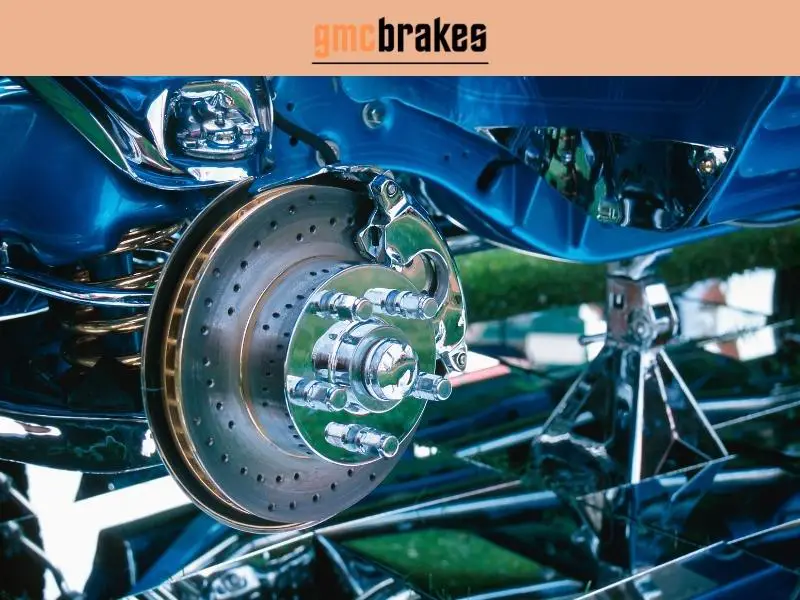The ABS (Anti-Lock Brake System) is an advanced safety feature found in modern GMC vehicles. This system is designed to prevent the wheels from locking up during hard braking, which can cause the vehicle to skid and lose control. Here’s how the ABS brake system works in GMC vehicles:
- Sensors: The ABS system uses sensors at each wheel to monitor wheel speed. If a wheel is about to lock up during braking, the system will detect the change in wheel speed and activate the ABS.
- Hydraulic Control Unit (HCU): The HCU is the heart of the ABS system. It uses valves to regulate the brake pressure at each wheel, preventing any wheel from locking up during hard braking.
- Pump: The pump in the ABS system maintains the correct brake pressure at each wheel. It also helps to prevent any wheel from locking up during hard braking.
- ABS Control Module: The ABS Control Module is the brain of the ABS system. It receives signals from the sensors, and then sends commands to the HCU and pump to regulate the brake pressure at each wheel.
The ABS system in GMC vehicles is designed to assist the driver during hard braking situations. When the ABS is activated, the driver will feel a pulsation in the brake pedal. This pulsation is normal and indicates that the ABS is working to prevent wheel lockup.
It’s important to note that the ABS system does not improve stopping distance or shorten the distance required to stop the vehicle. It only prevents the wheels from locking up during hard braking, which helps to maintain steering control.
In conclusion, the ABS brake system is an essential safety feature in modern GMC vehicles. It helps to prevent wheel lockup during hard braking, which can improve the vehicle’s stability and control. If you have any concerns about your GMC’s ABS system, it’s important to have it inspected by a professional mechanic.
